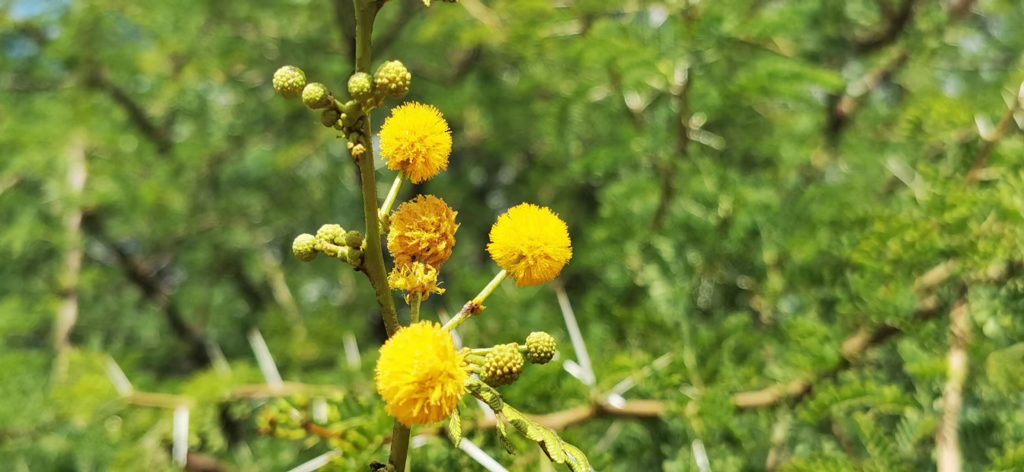Industry News, R&D, Cosmetics & Persnoal Cares, Flavor & Fragrance Industry
The development trend of food flavor

Industry News, R&D, Cosmetics & Persnoal Cares, Flavor & Fragrance Industry

In recent years, the market of natural fragrance and flavor ingredients grow fast. Here introduces the progress of making food flavorings through bio-technology, like vanillin, carvone, nootkatone, ambroxide, linalool oxide, rose oxide etc.
* Use biotransformation to make natural flavorings.
Natural flavoring is divided into natural extract and biological flavoring according to its origin. At present, natural extract is still the main source in the fragrance and flavor market. On the long run of development, it is an inevitable trend to explore an alternative of natural extract, and biological flavoring is regarded as natural product.
1.1, Vanillin
Vanillin, a flavor derived from orchids of the genus Vanilla with low content, is one of the most popular ingredients used in food flavorings. Vanillin and Vanilla extracts are widely used in chocolate, ice cream, and beverage cake and their annual output is nearly 16000t. The markets share of natural extract is less than 1% due to its high production costs and limited resource. Most vanillin in the market is from synthetic route by using Eugenol, Lignin or Guaiacol as starting materials. China, as a Vanillin big producing country, use Guaiacol/Glyoxylic acid.
According to reports, the starting materials to make biological vanillin include Lignin, Eugenol, Ferulic acid, Curcumine and benzoresin, with less than 30% conversion rate and less than 1g/L output.
2015, Givaudan developed a totally new production process of biosynthesis Ferulic acid, which can be used to produce natural vanillin.
2014, Mane S.A. (France) launched an improved production process by microbial conversion of Eugenol to get vanillin.
Using Glucose through multistep biotransformation is also a feasible way to get vanillin.
Using Capsaicin through two-step biotransformation is also a prospective way to get vanillin.
1.2, Terpene ketone
Carvone, as one of very important ketone flavors, forms two enantiomers: R-(-)-carvone represents the main compound of spearmint oil, S-(+)-carvone represents the main compound of caraway seeds. The fact that two enantiomers are perceived different smelling. Most Carvone in the market is produced through synthesis.
Using similar structure Limonene through biotransformation can get Carvone. The reaction between Limonene and Rhodococcus opacus PWD4 can get pure enantiomer D-carveol. The reaction between D-carveol and R. globerusPWD8 can get S-(+)-carvone, similarly, D-carveol react with R. erythropolis forming R-(-)-carvone.
1.3, Ethers
(-)-Ambrox, as the most important aroma component of Ambergris, showing soft, lasting, stable ambergris aroma and tender woody smelling, is a kind of great fixative and widely used in the field of cosmetic industry. (-)-Ambrox is also regarded as food flavoring used in various flavor formulation. Most (-)-Ambrox is from the synthesis of Sclareol. Sclareol is extracted from Perilla through steam distillation of Perilla flowers and leaves getting Perilla oil, then through extraction to get Sclareol by means of Alkyl, Hydrocarbon and Methyl alcohol.
Both Firmenich and Allylix developed a feasible process on preparation of Sclareol by biosynthesis of Geranium-based pyrophosphate. Then Sclareol is transformed into (-)-Ambrox through the above reaction methods.
1.4, Linalool oxide is an important representative ether flavor. Its natural products, with sweet, woody, floral and lime aroma, being found in fruit, coffee, hops, lavender etc. and essential oils, have two structures of Oxole and Pyran. Industrial Linalool oxide is through the synthesis of Linalool and the oxidation by peroxic acid. Using various microorganisms can also transform Linalool into Linalool oxide.
1.5, Rose oxide is also an important representative ether flavor. Rose oxide has a cis- and a trans-isomer. Natural rose oxide is found in rose oil and geranium oil, but with low content. Rose oxide on the market is produced from citronellol by oxidation, reduction, isomerization and cyclization.
* Conclusion
Although a large number of flavor compounds used in food flavor industry are still from synthesis way, the development of natural flavor has become an inevitable trend. The production of natural flavor through biotechnology is less affected by geography, climate, diseases and pests etc. than the traditional production process of natural extraction, showing greater control over the production and supply chain.
Due to the huge market potential of natural flavor, some top Fragrance and Flavor companies have put a lot of research work in biotechnology.